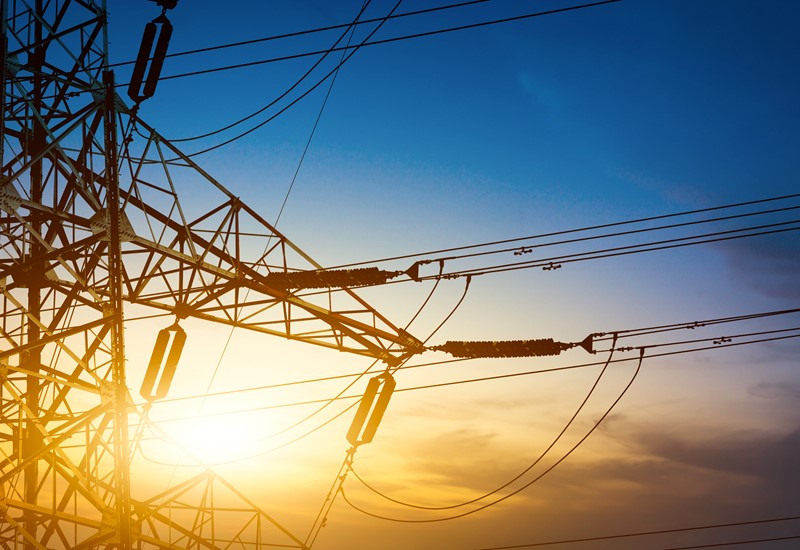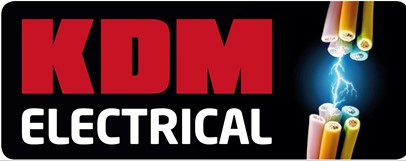-
Email
enquiries@concerthomes.co.uk -
General Enquiries
01772 810 250

Catching up with our electrical contractor KDM Electrical at our Church Croft development to learn some of the dos and don’ts of electrics. Owner Karl Mather has been in the business for over 18 years and set up KDM Electrical 9 years ago. This gave Karl the opportunity to work for himself and gives him the time to support his local community and charities. The business has since gone from strength to strength winning awards such as the NHBC Pride In The Job award and Karl now has a team of 8 full time staff. Karl shares his thoughts with us on all things electrical…
Q. What are the most common mistakes people make when planning/carrying out electrics for their home?
A. Most people aren’t aware that the regulations for electrical works are changing quite often and practices that may have been acceptable, are not necessarily the same when they carry out the work. For example, carrying out electrical work in a kitchen is classed as a Special Location and therefore notifiable to Building Control. We get asked all the time to attend properties just to test and certify works that the home owners have carried out themselves in order to save money.
Another issue is that home owners aren’t usually aware of the extent of damage some electrical works can cause, such as adding extra sockets and lights, or full house rewires. They can be shocked to learn that walls may need to damaged, carpets and floors lifted up and furniture moved out of the way. I have seen this cause a lot of distress over the years and so try my best to inform the home owners I meet, about potential work, exactly what is required during the install.
Q. What tend to be the most common electrical problems in a typical home?
A. Most minor problems arise from home owners installing decorative accessories and light fittings. They decorate a room and decide to install chrome switches and sockets or a nice light fitting. It seems like a straight forward task, but can lead to faults on the lights and sockets due to incorrect installation. In the worst case scenarios, I have seen damaged conductors due to the cables not being tightly secured. This can cause a significant fire risk to a property.
Q. What is different about the electrics in a new build over working on an existing house?
A.The best thing about new build developments, is the stringent inspections of every aspect of works completed. Right from the start, checking the cables are installed correctly, protected and in the correct wiring zones. All the way through to checking everything works and is commissioned correctly. This is completed by the contractor whom installed the work, but also by an independent person, such as the builder’s quality inspector and site managers. These people are well trained as to the requirements of the Building Regulations and help to maintain an extremely high standard of work.
Q. Energy efficiency is such a hot topic right now to both be more cost effective and better for the environment. What do you recommend from an electrics point of view, to improve energy efficiency in the home?
A. The best thing any home owner can do to make sure their property is as energy efficient as possible is to ensure the electrical appliances they use have a good energy rating, with the three A grade ratings being the best.
Ensuring all the lamps fitted in light fittings are low energy will see a massive reduction in the electricity used to power the lighting circuits. LED lamps (light bulbs) can actually use 90% less electricity than older halogen lamps. They also do not get as hot when in constant use, making them safer to use in a home environment.
Q. Are there any new trends in electrics that you are seeing in 2023?
A. The biggest new trend at the moment is car charging points, with the introduction of electric vehicles.
I still find home owners trying to save money on the installation of a new charging point by purchasing none compliant models from online shopping sites. People seem unaware of the strict regulations imposed on car chargers by the government. Due to massive increase in these chargers, which as a standard are 32 amp now, there is ultimately a greater strain being put on the national infrastructure and main electricity grid. Hence the new chargers are pre-programmed with random and delayed start times and charging times.
The other new big trend is smart control lighting and heating systems. Everyone wants to be able to control their homes from their smart phones.
This is leading to an influx of new technology. I personally like the idea of smart controls on the home heating system, it gives the user full control to monitor and switch on/off their heating systems, helping them to be more cost effective.
